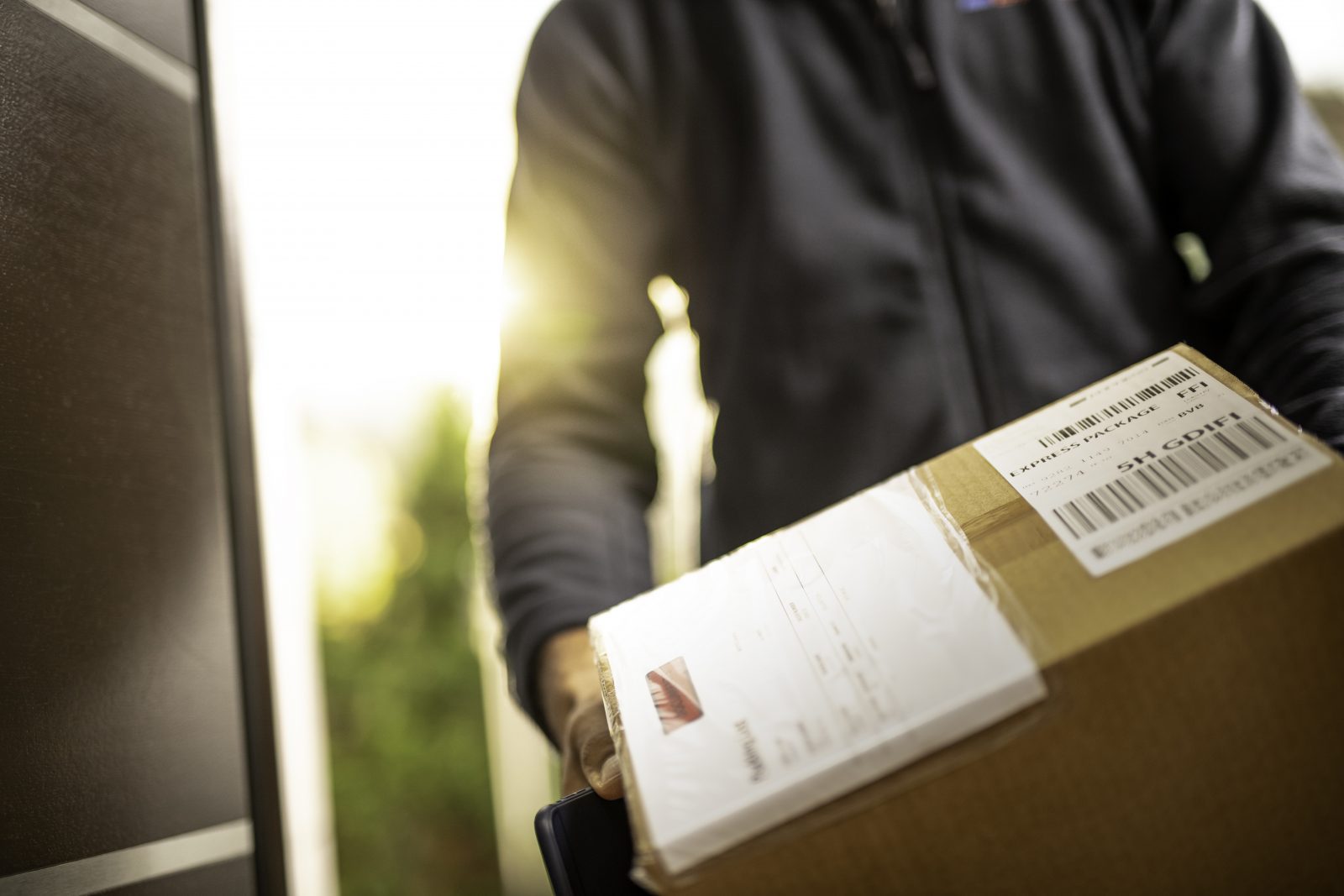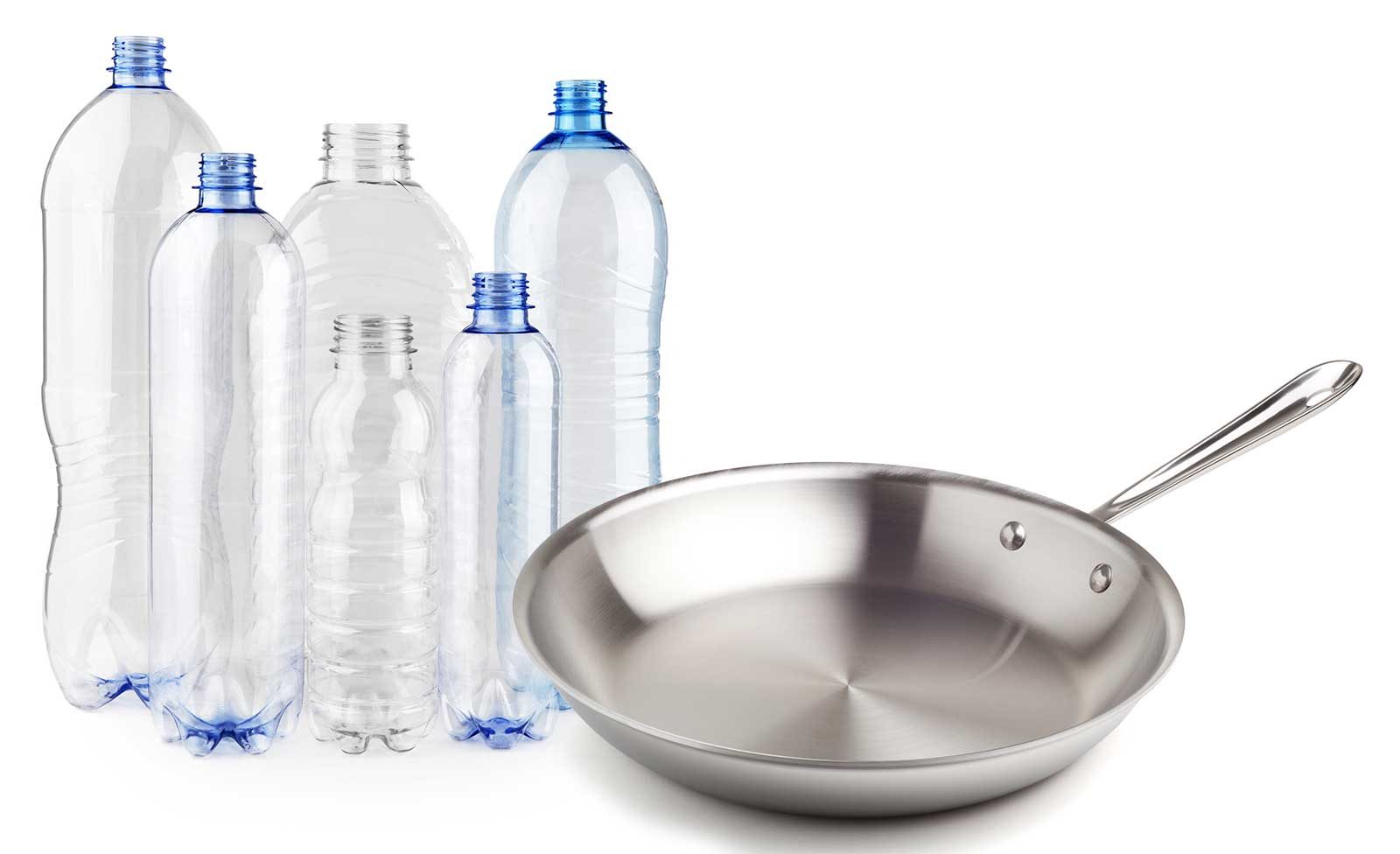Just the Facts
The staying power of COVID-19 on daily-use items has raised many questions about how long viruses can live outside of our bodies. This blog uses current evidence, never hearsay, to find answers. Fortunately, on this topic there is a helpful study conducted by the NIH Infectious Disease Institute, CDC, UCLA and Princeton Universities that was published on March 17, 2020 in the New England Journal of Medicine.
This quick summary of the study highlights the key facts you need to take action to protect yourself and others.
What They Studied
The scientists looked at the stability of virus on surfaces we use daily. The results of their research are measured in a unit of time called a half-life, which refers to the time it takes for half of the viral particles to become inactive. Copper, plastic, stainless steel and cardboard were examined.
They also measured the length of time aerosols, like human sneezes or coughs, remain viable. It seems these sneezes with COVID-19, also referred to as SARS-CoV-2), can hang around, with live virus, for three hours.
Aerosols
 This finding adds to the growing evidence that COVID-19 spreads rapidly through community transmission. In the SARS epidemic of 2002, this was not the case. Infectiousness only occurred with acute symptoms.
This finding adds to the growing evidence that COVID-19 spreads rapidly through community transmission. In the SARS epidemic of 2002, this was not the case. Infectiousness only occurred with acute symptoms.
Recommendation: Using tissues and covering the nose and mouth is a good hygiene practice, even when the sneezing is caused from grass pollen or other allergies.
Cardboard

Virus were found on the cardboard box up to 24 hours. However, the researchers caution that there is variability in the boxes, as they are porous. In addition, the half-life of the virus deteriorates over that time, so the number of active virus will decline.
Recommendation: An easy solution for opening shipping or product packaging boxes is to use cleaning gloves and to immediately discard the box.
Plastic and Stainless Steel

Plastic and stainless steel are the winners for the virus. It seems they are more stable on these substances for up to 48-72 hours. Their concentration declines during that time so there’s no need to panic about water bottles or opening the freezer doors in grocery stores.
Recommendation: Be aware of public areas where someone could have coughed or sneezed on these hard surfaces. Practice good handwashing, including 20-30 seconds with soap and water, after purchasing groceries, running errands or before touching your face or eating. Gloves may not the be the first thing you think of wearing while shopping, but they are a barrier to all sorts of germs. Washable garden or workout gloves are an example of protection you can wash and reuse.
The researchers also stressed “This virus is quite transmissible through relatively casual contact, making this pathogen very hard to contain.” Read more about infectious material on surfaces.

Leave a Reply